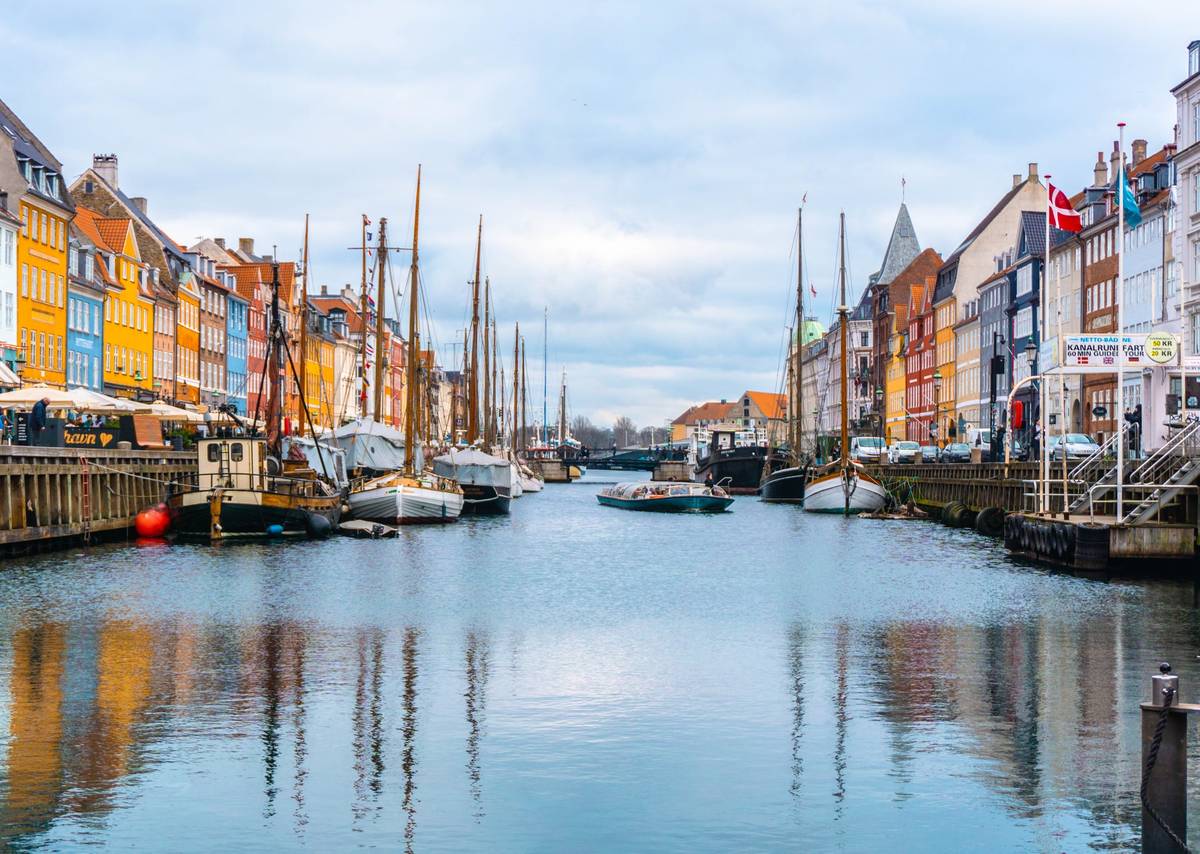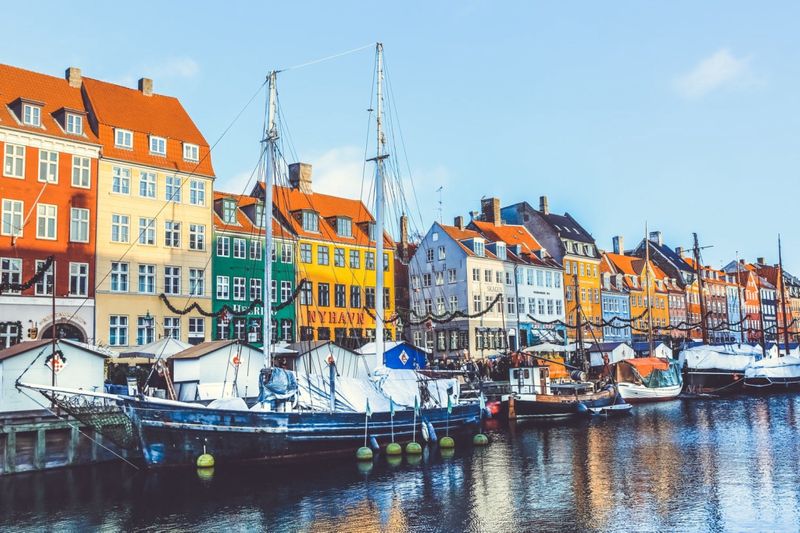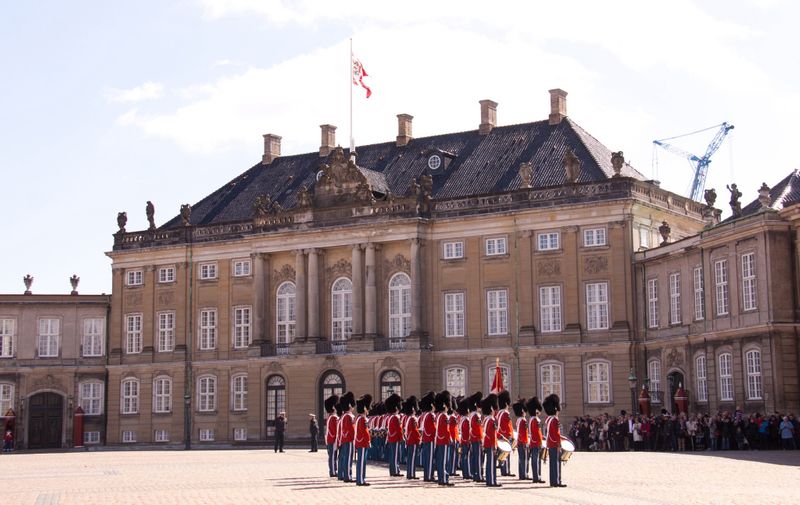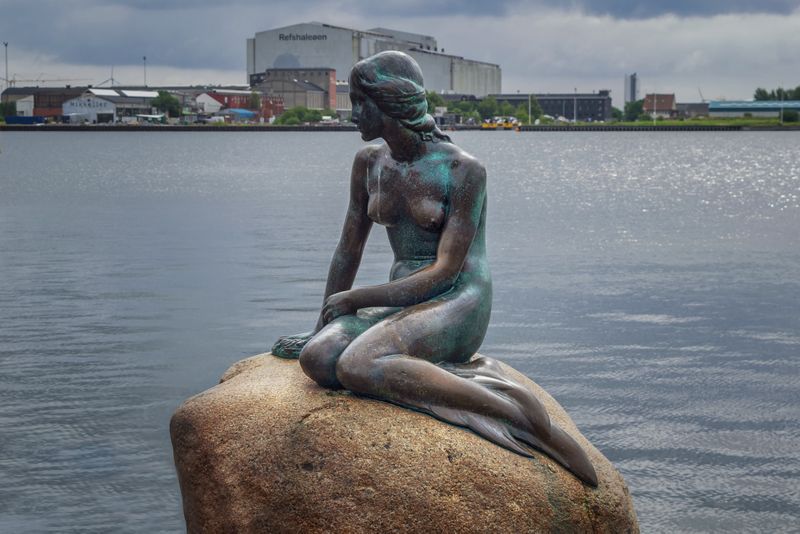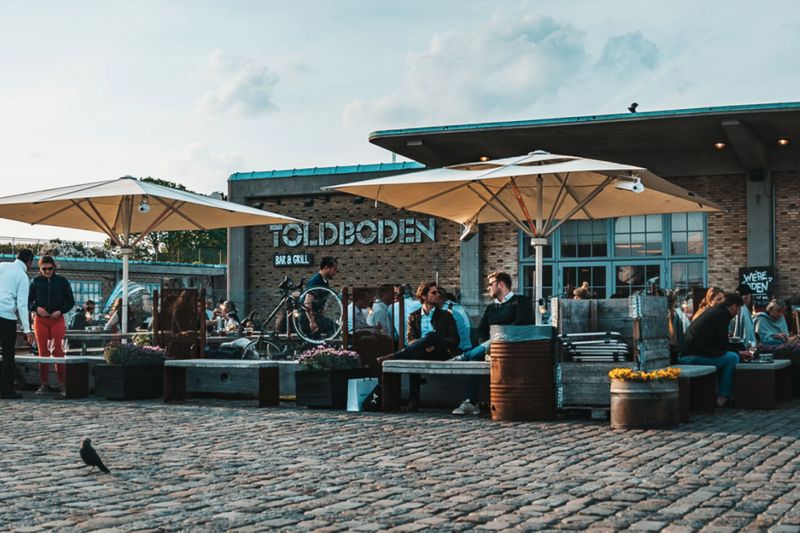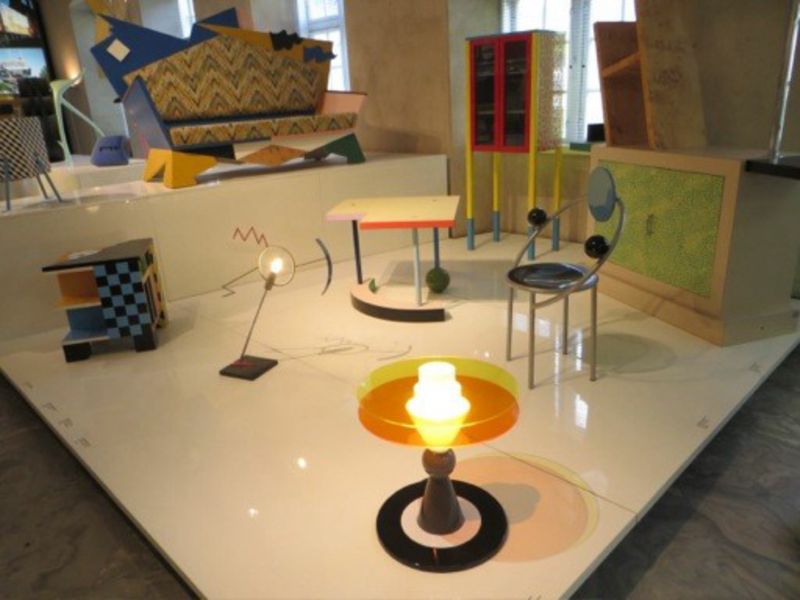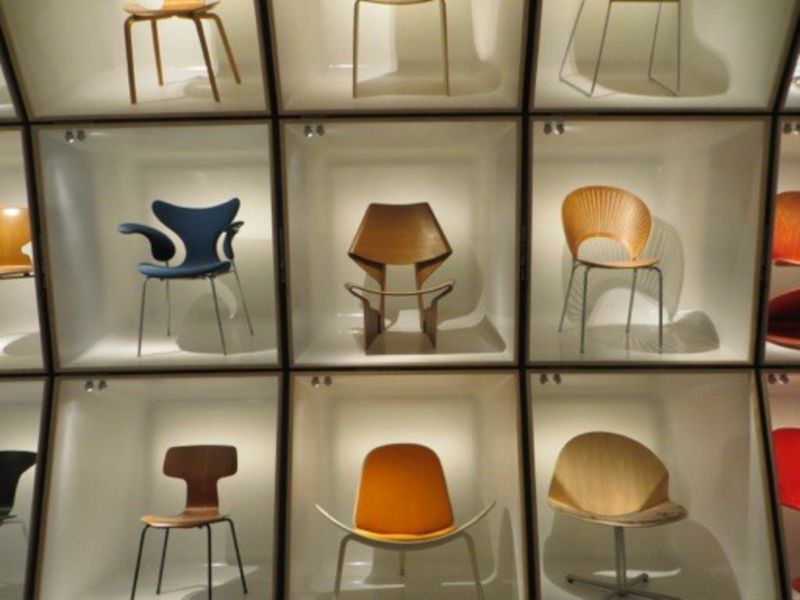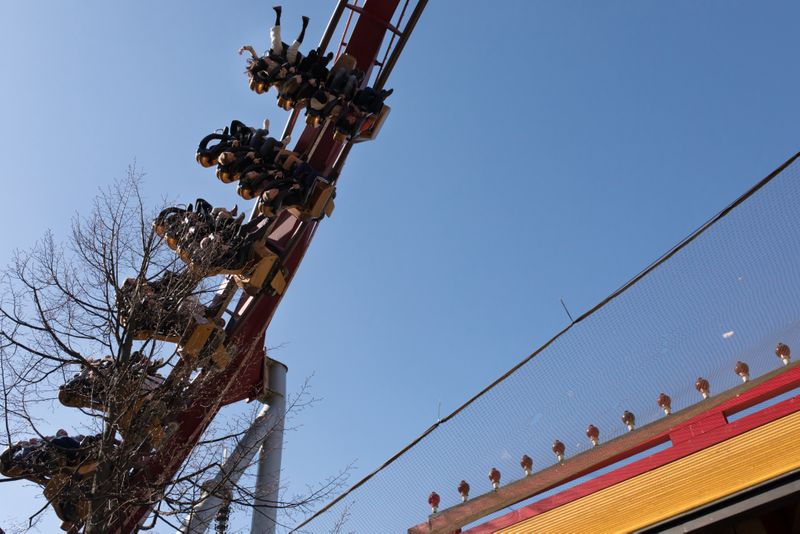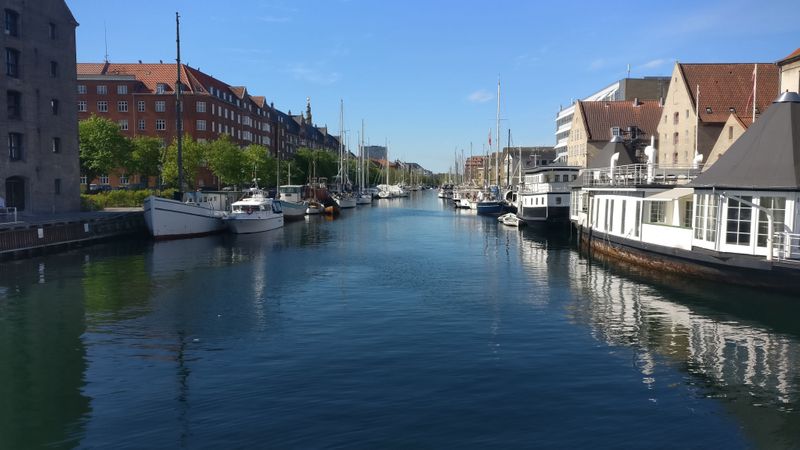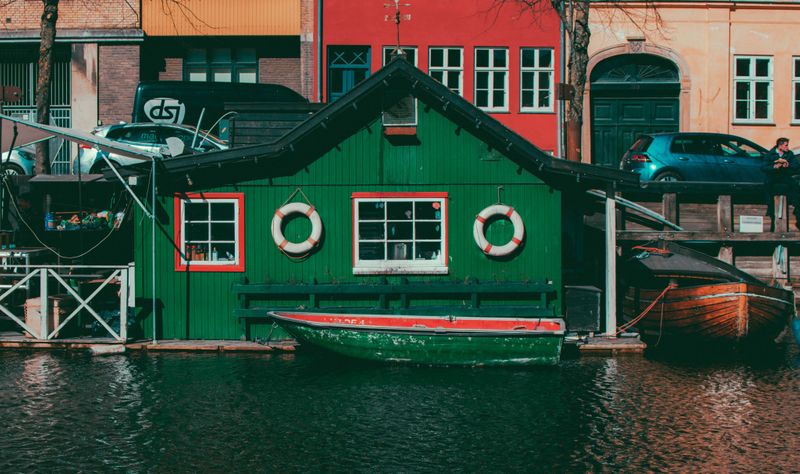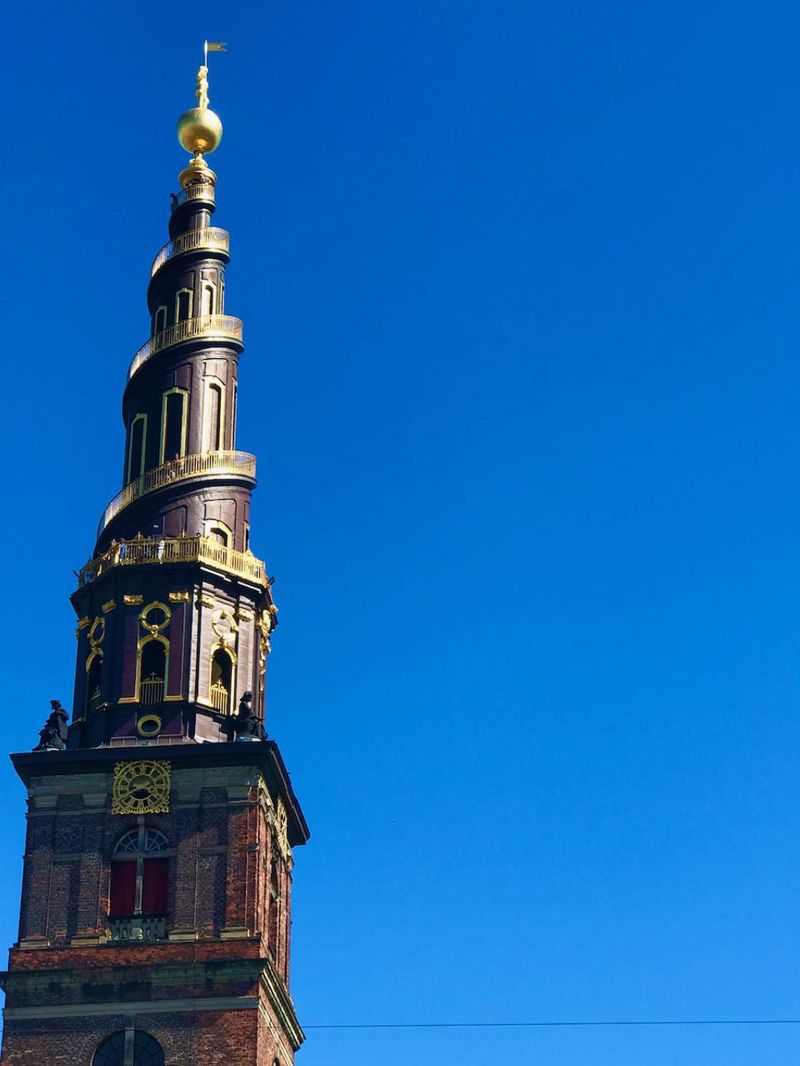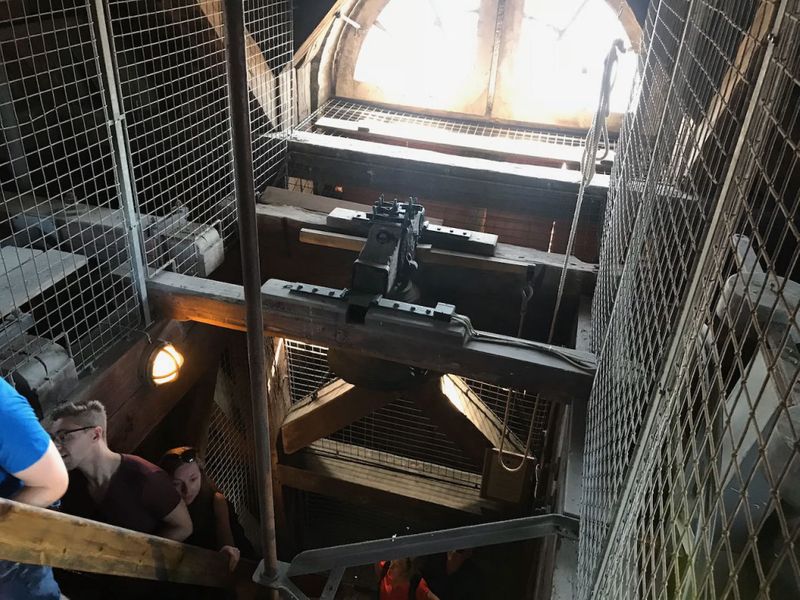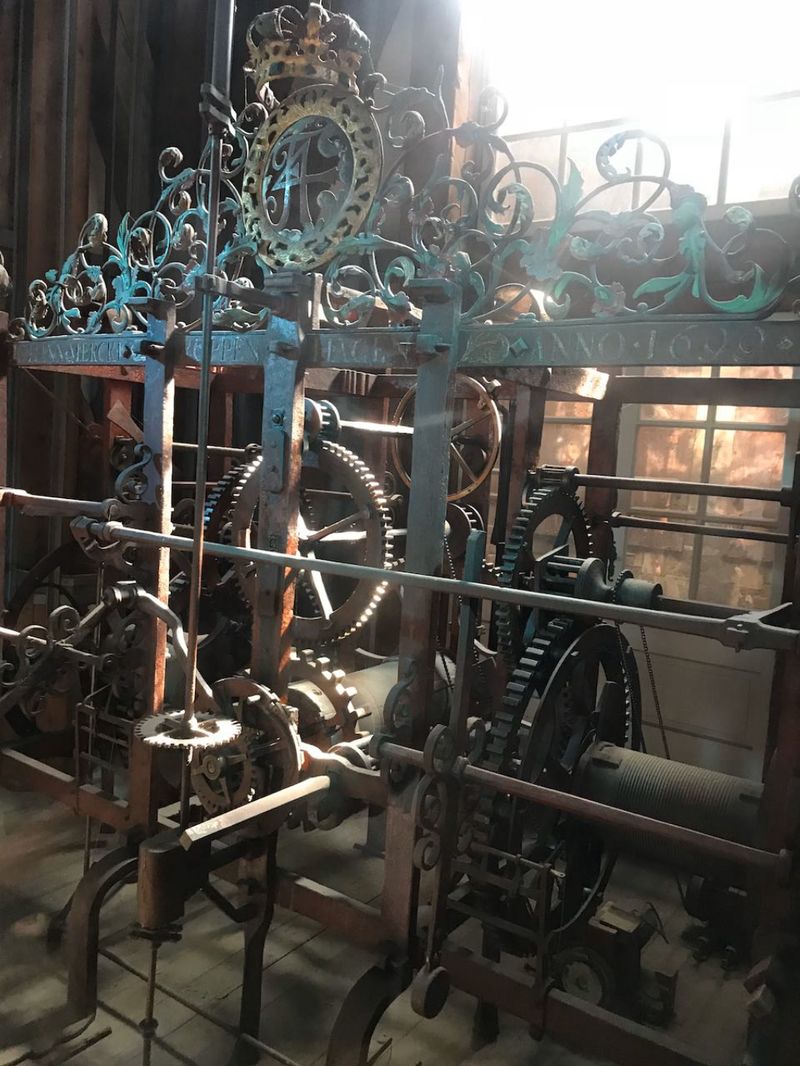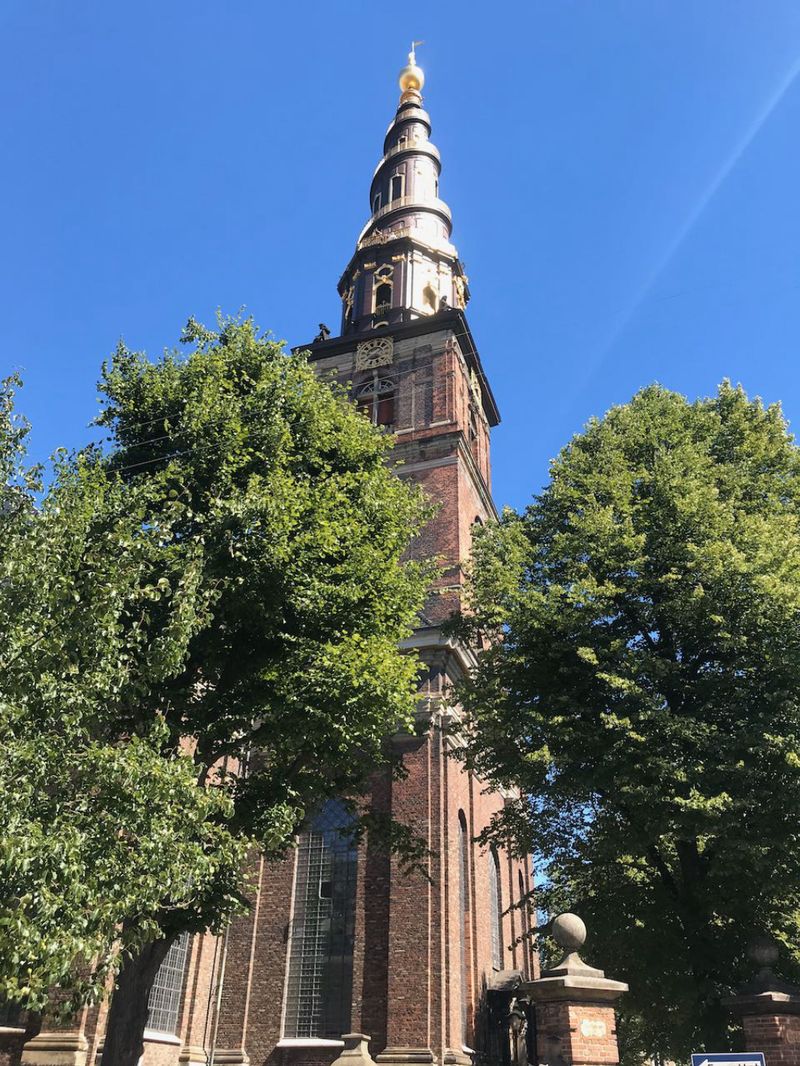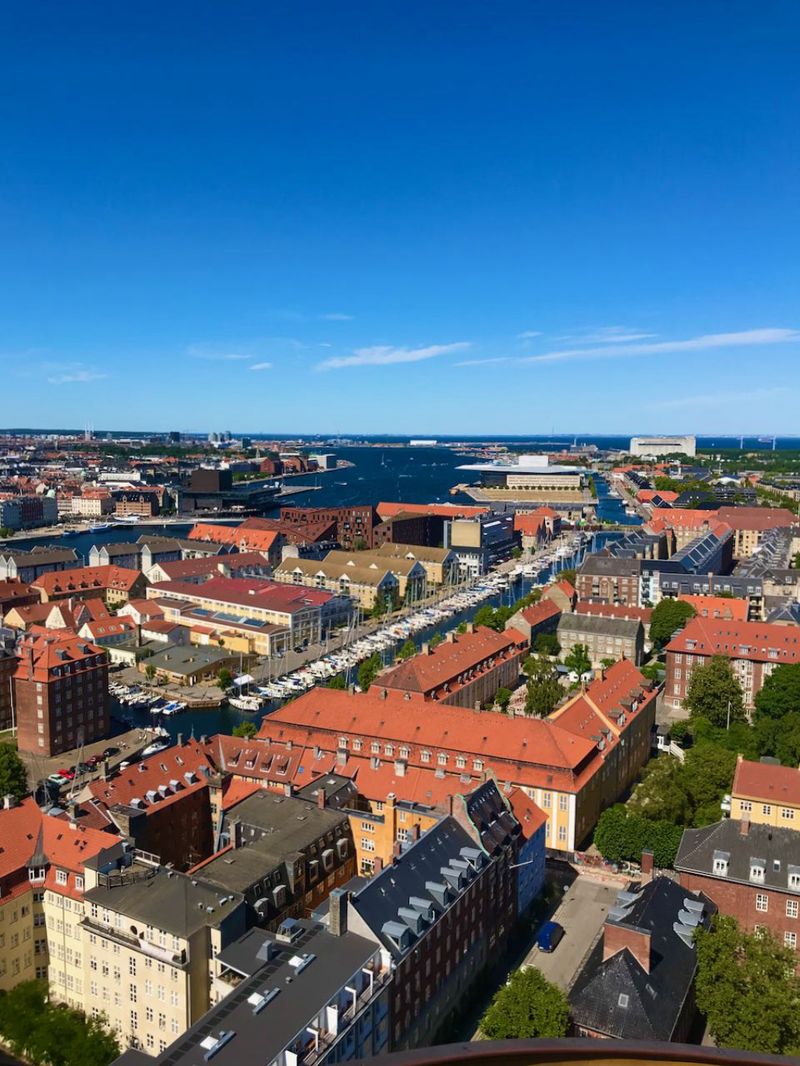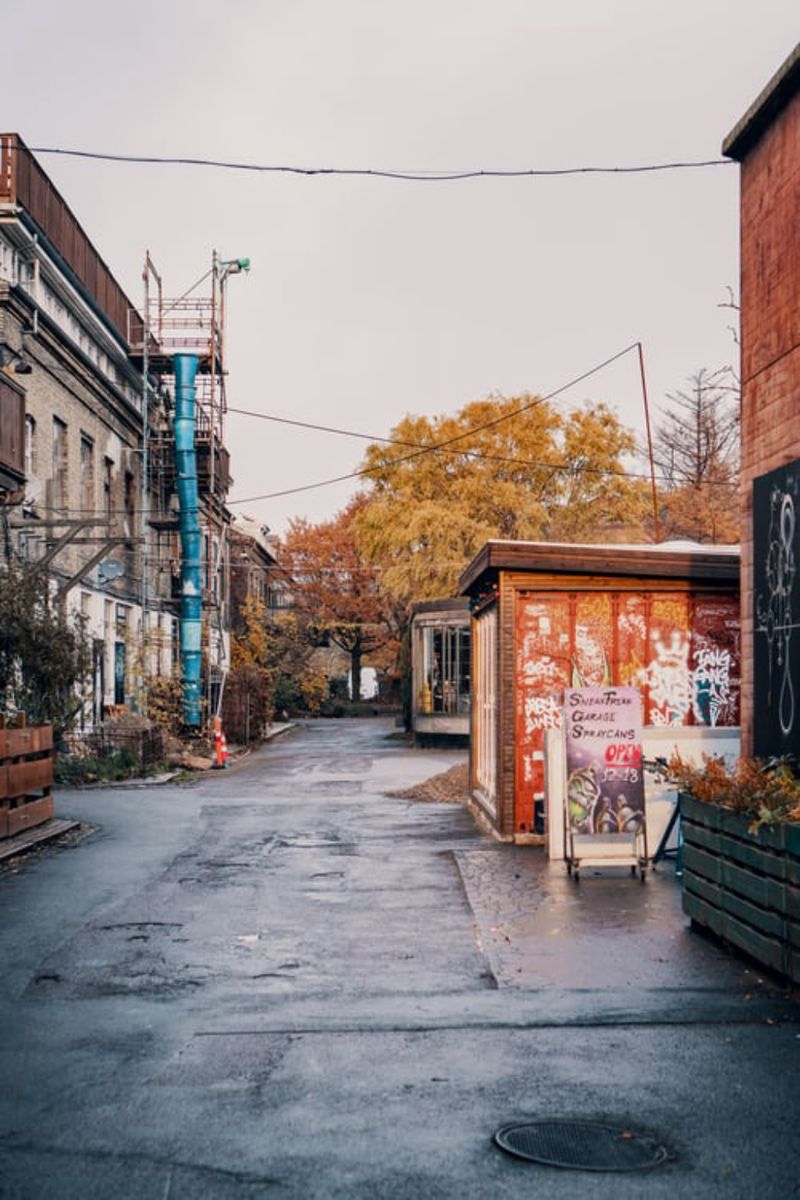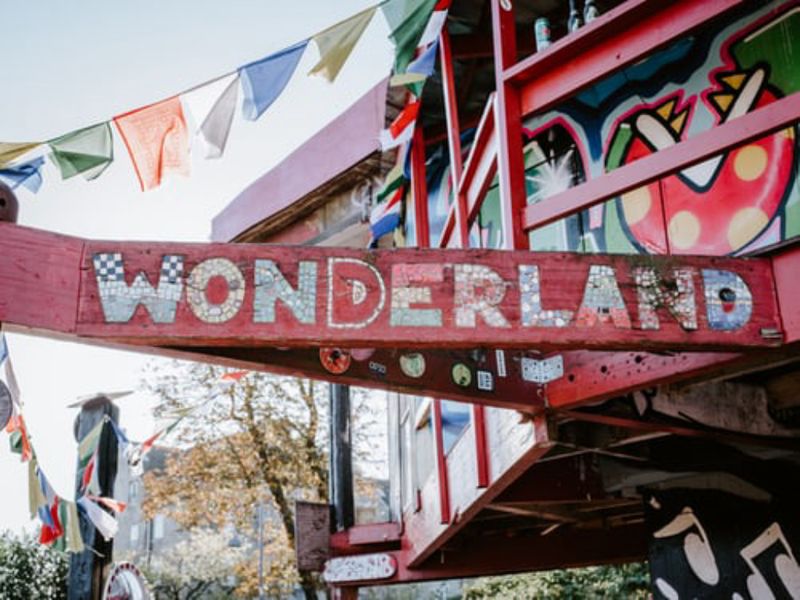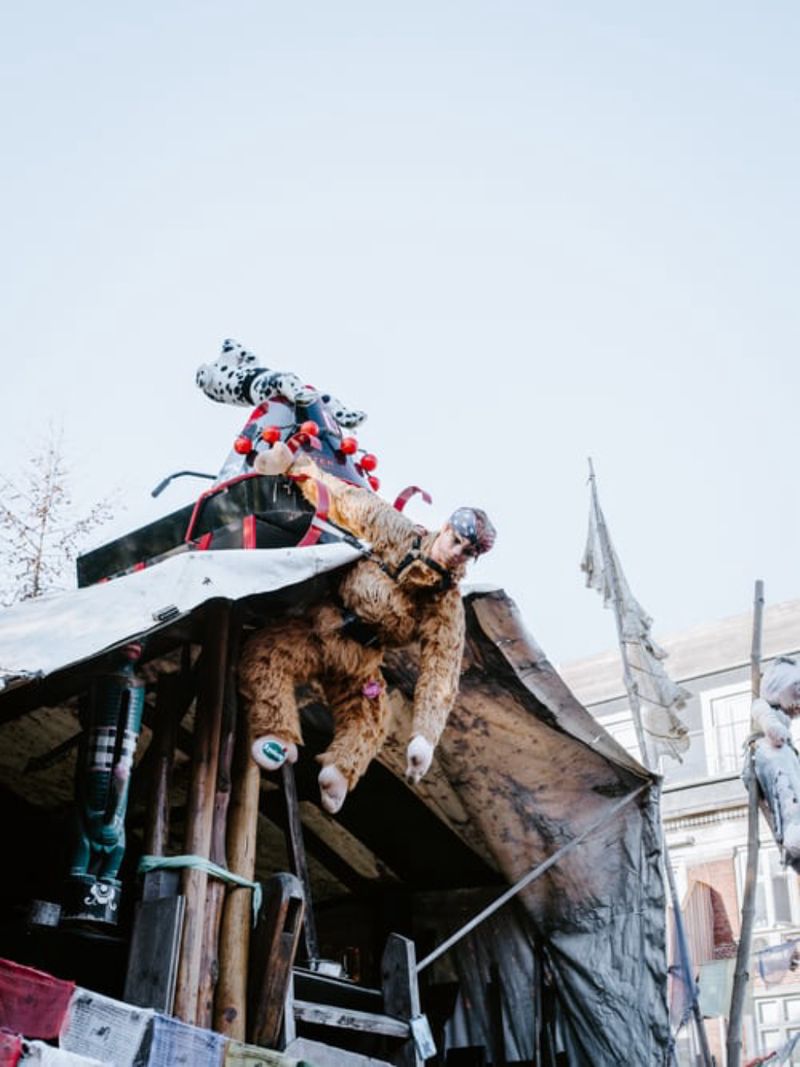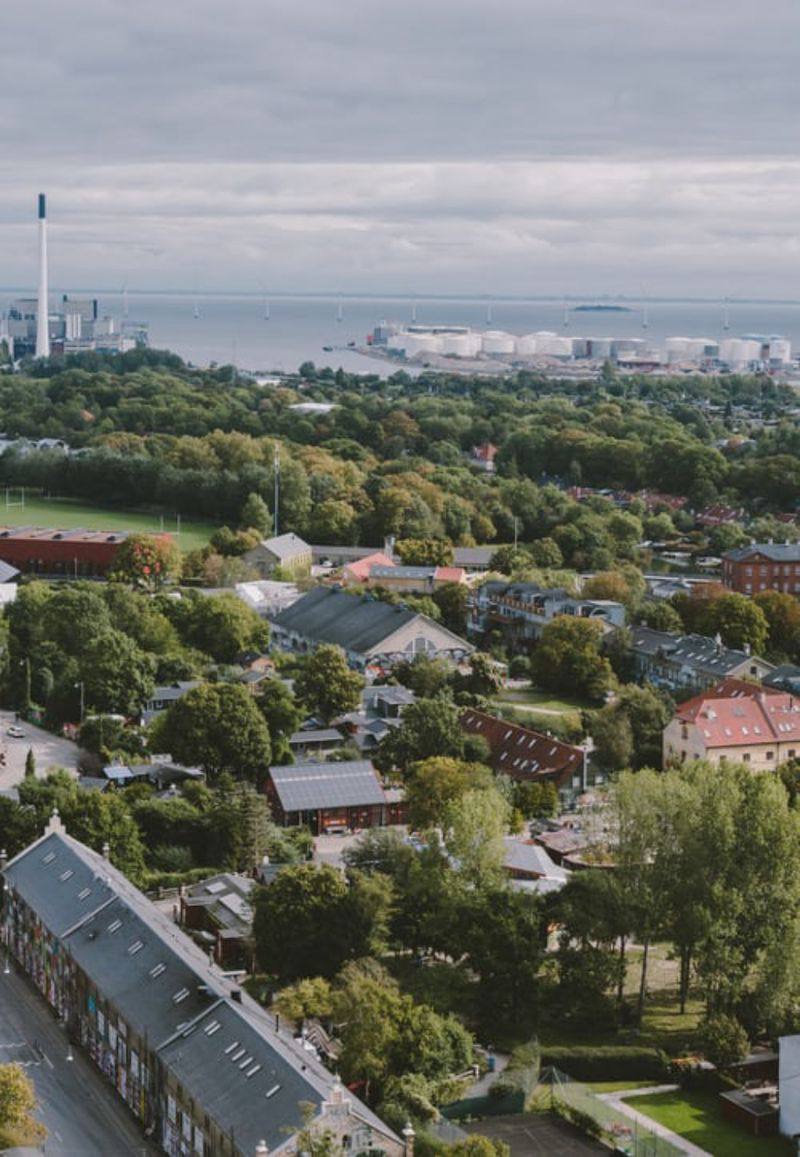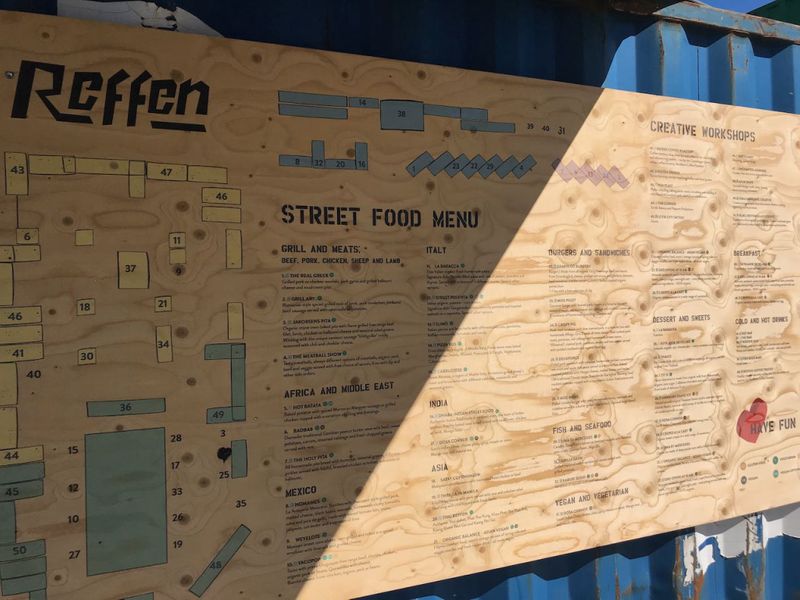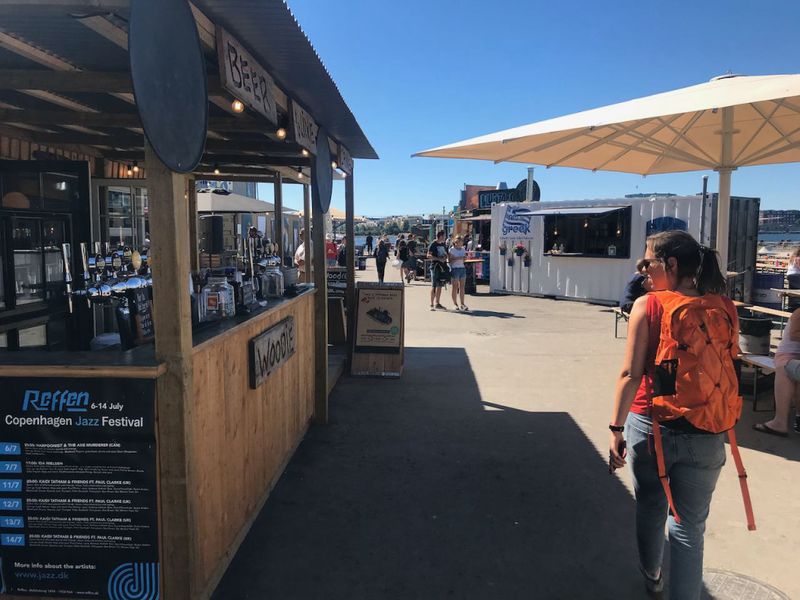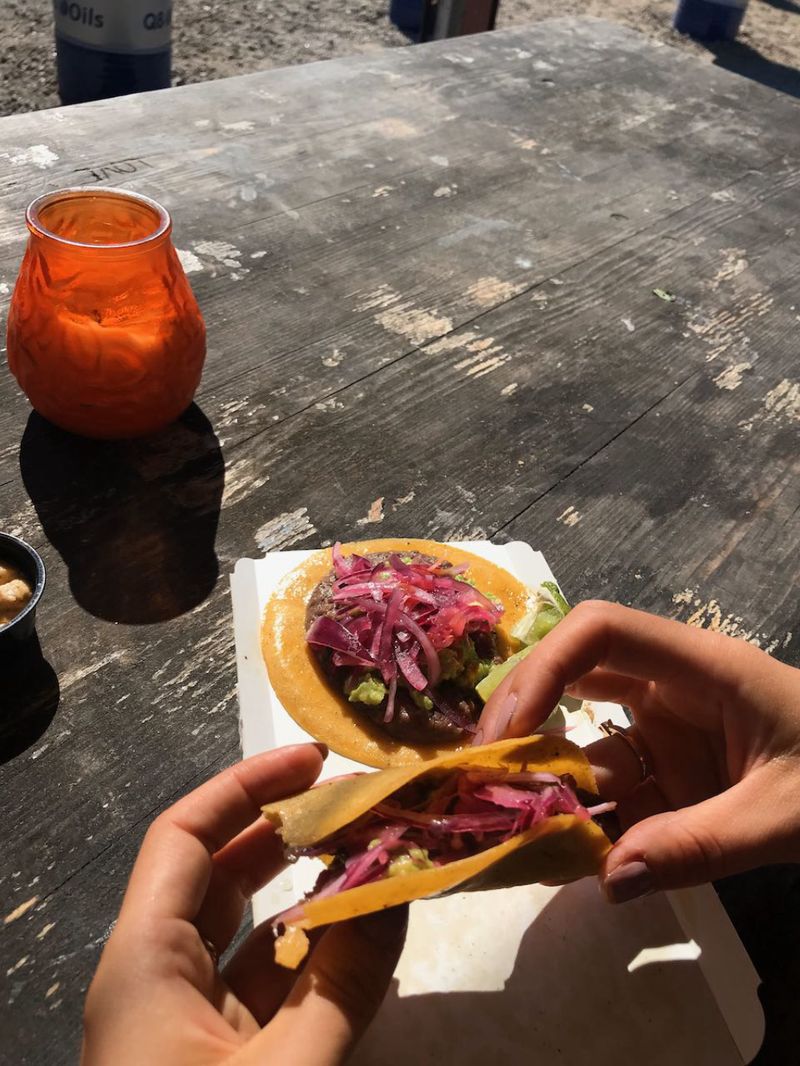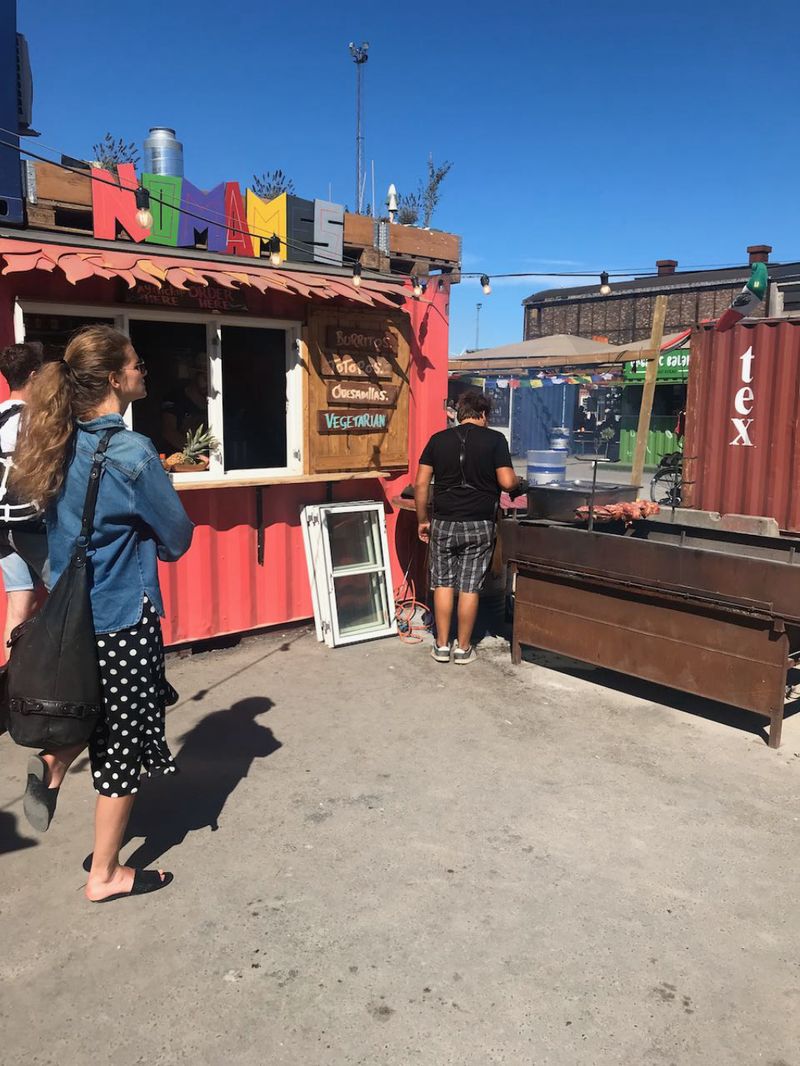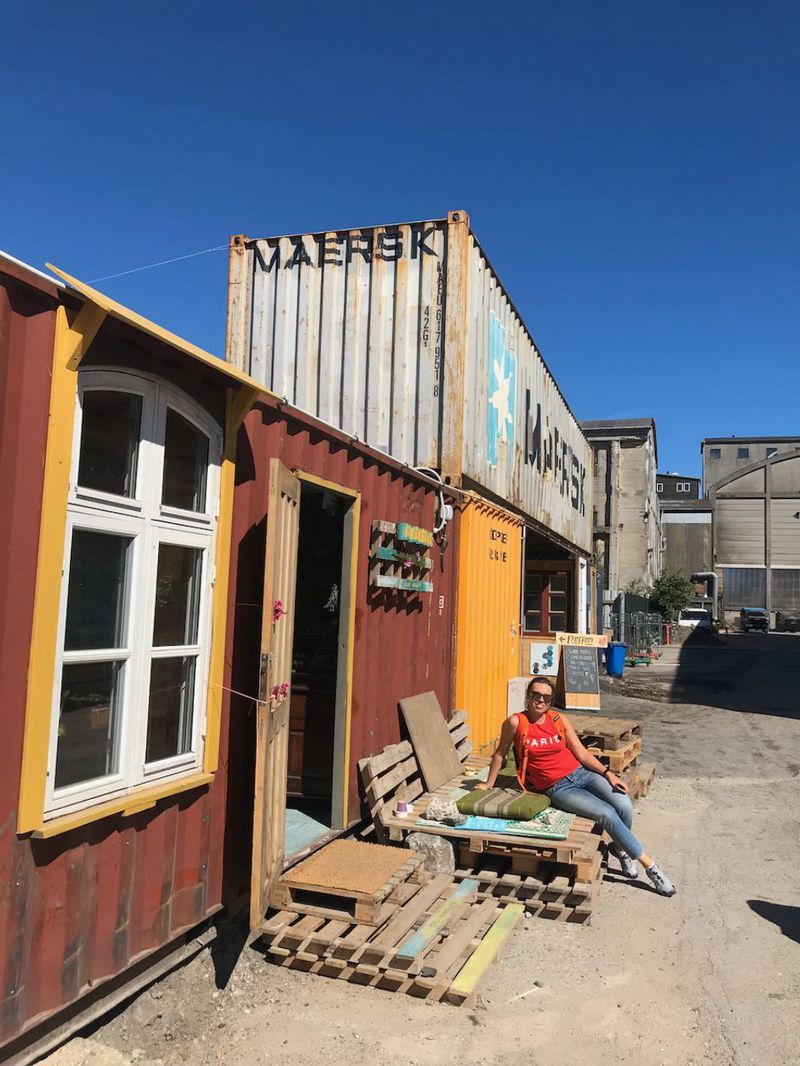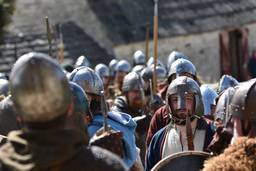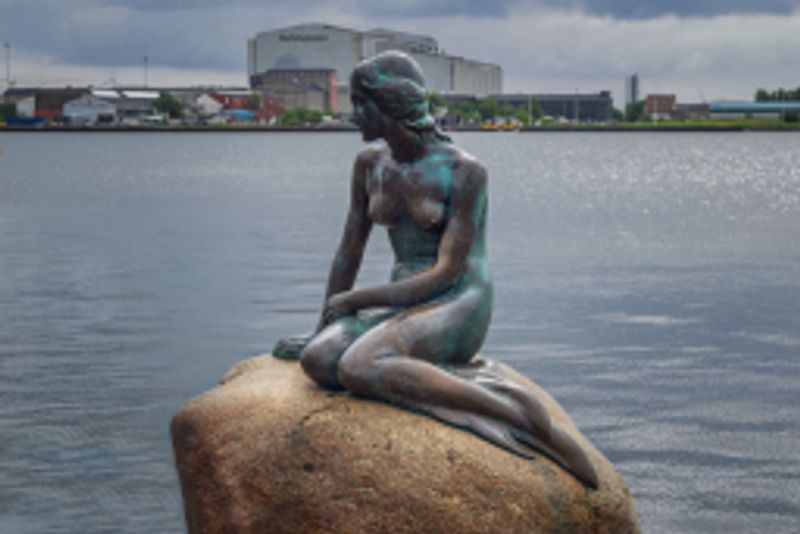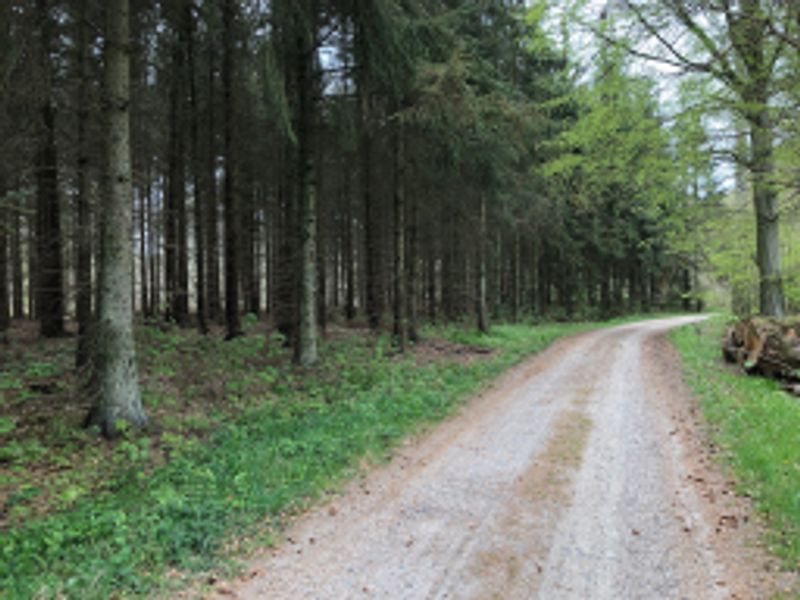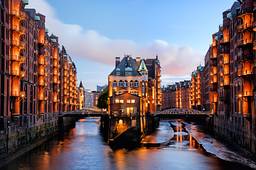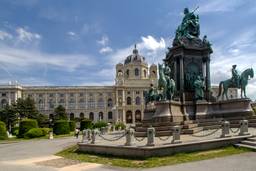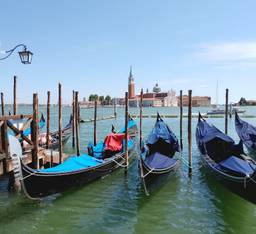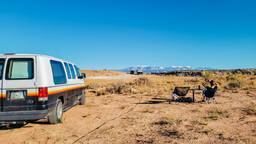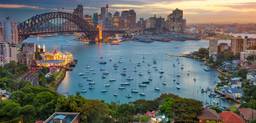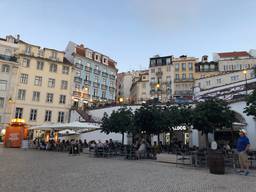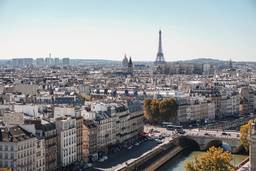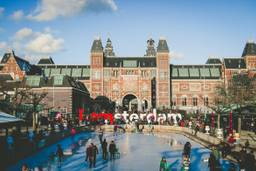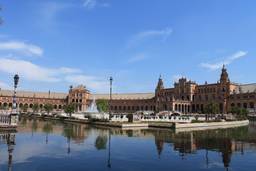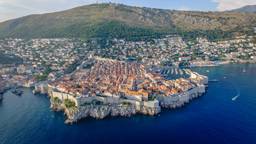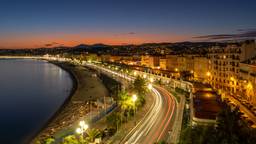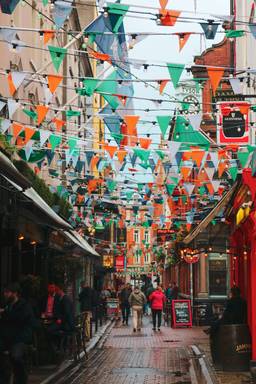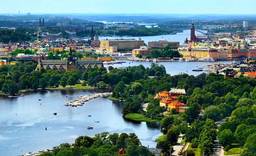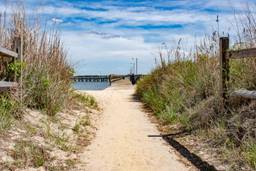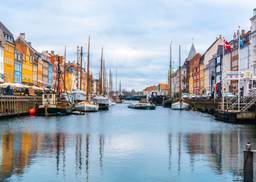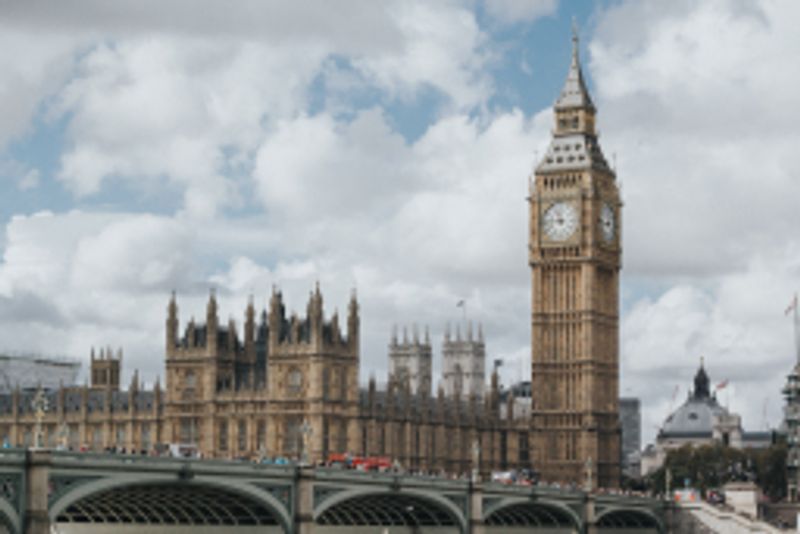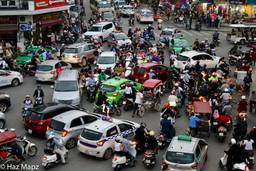How to spend two days in Copenhagen
Travel Itinerary
Itinerary Contents
Itinerary Introduction
Copenhagen - the Danish capital city with a population of around 800,000 people - is a haven of culture, nightlife, restaurants and picture-post card streets. If you've got 2 days to spend in Copenhagen, then there's plenty to see in the central district. So, if you’re headed to Copenhagen for a weekend or a 2 day city break, let this guide help you discover some of the not-to-be-missed sights. Photo credits: Nyhavn - Chris Lawton, unsplash.comUseful information about Copenhagen
A fun fact from Copenhagen
Liquorice is a favourite candy in Denmark - but it might not taste as you'd expect. Salt liquorice is more popular than sweet liquorice and can be an unexpected experience if you're not used to it.The language in Copenhagen
Danish is the spoken language in Denmark. The word for "hi" is "hej" - which is actually pronounced the same as "hi". The word for bye is also "hej" - although you can also say "farvel" (farewell). The word for thank you is "tak". You may see many words in similar to English as you look around the city: "her" is "here", "der" is "there", "åben" is "open". Pronunciation of Danish words can be very different to how you think they should sound, if you are used to English. You'll notice this in particular if you try to listen to place names on buses or trains. Luckily, you'll find almost 100% of the people you meet will be fluent in English, due to English being taught at school from an early age. Many of the signs around the city will be translated to English. If you go to the cinema, almost all films (perhaps with the exception of films for young children) will be shown with their original sound track in English.Best times to visit Copenhagen
Copenhagen is a great city to visit at any time of the year, if you come prepared for the weather. The summer nights are long - especially from May to August. At its peak at the summer solstice at the end of June, days can reach almost 17.5 hours of daylight. Winter days can be short - and it can be dark from around 15:30 in December and January. If you're planning on including Tivoli in your visit, be aware that the park is open from Easter until the end of the summer, and then only again for key festivals, such as Halloween and the month of December for Christmas. Check the Tivoli website for opening times. Other outdoor activities, such as boat rental, are also limited outside of the warmer months, although the canal tours run all year. During the Christmas period, you can find Christmas markets around the Kongens Nytorv area as well as the HC Anderson Christmas market found off the main shopping street of Strøget.Getting to Copenhagen
If you are travelling to Copenhagen from an international location, the chances are that you will be arriving at Copenhagen Airport. The airport is located on the island of Amager, just south of Copenhagen. To get to the city centre from the airport, the most convenient transport is the Metro train - which departs from the airport itself. The journey takes about 15 minutes - although obviously this depends on where you want to alight. Do make sure that you purchase a ticket from a vending machine (pay withe a debit card) before you get on the train to avoid a fine. The airport is also connected via the train system - with trains running into Copenhagen, as well as to Malmö in Sweden. A third option to get to your destination is to take a taxi. There is a large taxi rank at the airport. Taxis are quite expensive in Copenhagen - although the prices are regulated and printed on the cars or available from the driver.Getting around in Copenhagen
Getting around Copenhagen is easy. If you prefer public transport, you can use the Metro underground train system . Be sure to purchase a ticket before you travel from the electronic machines in the stations using your debit/credit card. Even though access to the trains is not gated, there are regular inspections on the trains, and fines are around 800 Danish kroner (DKK). If you're travelling further than the reaches of The Metro, you can use the train system - the "S Trains" serve the metropolitan area - you can find more information at the DOT - department of public transportation site . Another fun way to get around Copenhagen is via bicycle ("cykel") - just like the locals. There are many bike shops that will rent you a bike - alternatively you can pick one up off the street with an app on your mobile phone - from firms such as Donkey Republic . Be aware that Danes take cycling extremely seriously - and its important to obey the rules. Stick to the bike lanes where present, and slower cyclists should stick to the inside (right hand side). Expect a few speedy cyclists to speed past you on the left. Be courteous and always use hand signals when turning or stopping. Use the bell on your bike to warn others if you are about to pass them. You must not pass a red traffic light when cycling - or you may get a fine from the police. It is also illegal to cycle when impaired by alcohol. As a pedestrian on the streets of Copenhagen, you are well advised to stay out of the bike lanes! Wandering into a bike lane can be dangerous. Generally however, cars must stop for bikes on right hand turns, and bikes must stop for pedestrians.Making payments in Copenhagen
Be aware that Denmark is nearly a cashless society. I can hardly remember any times in the last 10 years when I needed cash. Danes generally pay for things with their debit cards, Apple / Google Pay, or with an online app available only to Danes and linked to their bank accounts called Mobile Pay . Be aware that using foreign credit cards may attract a transaction fee - which you should be notified of. Many places will take cash (although you won't see many locals using cash), if that's what you have, but just be aware that you don't need it - even in taxis.Tipping in Copenhagen
Tipping in Denmark in restaurants and bars is discretionary - and very different to the tipping culture in, say, the USA. Staff are generally paid a good wage, and tips are generally used if service is very good, and are certainly not mandatory. It is not required or expected to tip many other professions that Americans may be used to tipping, such as taxi drivers or hair dressers.Discount card for Copenhagen
The Copenhagen Discount Card is available. It gives admission to museums, castles, boat trips and more. It also serves as a transportation card, giving full access to the Metro, trains and buses. The card furthermore provides discounts for restaurants, bars and sightseeing tours. To many attractions, such as the zoo and Tivloi, the card covers the cost of entry for 2 additional children.Recommended clothing for Copenhagen
Copenhagen is a great city to visit at all times of the year. As the Danes say, "Der findes intet der hedder dårligt vejr, kun dårligt påklædning!", or "there's no such thing as bad weather, just bad clothing!" The weather in Copenhagen can be mixed. Expect temperatures in the summer months in the 20Cs during the day, and in the winter months between 0-10C in the daytime - dipping to below zero on the coldest days. Denmark can very often be windy - so you won't see many locals with umbrellas, unlike, say, London. Therefore, a foldaway water proof jacket could be a good idea on warmer days, if showers are expected. During the winter, hats, gloves and a warm winter jacket that keeps the wind and rain out can be a good idea.Drinking water in Copenhagen
It's completely safe to drink the tap water in Denmark.Safety in Copenhagen
Copenhagen is a very safe city. Do be aware, however, that pickpockets operate in some areas of the city. Be especially aware of your pockets and bags on the Metro train and stations.Alternative locations
One of my favourite things to do in Copenhagen is rent a boat from GoBoat , pack a picnic, and sail around the canals. Alternatively, jump on one of the large canal boat guided tours - available in English and other languages - from Kongen's Nytorv. If you've got additional time, you could take the train to Malmö - just across the Öresund strait. You can check out our Malmö itinerary .Copenhagen - Travel Itinerary
Day 1
Central Copenhagen
Nyhavn
| Category | Price | Restrictions |
|---|---|---|
| Standard | Free |
Amalienborg - The Royal Palace
The Little Mermaid(s)
Toldboden
The Design Museum Denmark
| Category | Price | Restrictions |
|---|---|---|
| Standard | 115.00 - 0.00 DKK | |
| Group | 80.00 DKK | |
| Students | 0.00 DKK | |
| Kids | 0.00 DKK | Under 18 |
| Seniors | 80.00 DKK |
The Marble Church
Tivoli Gardens
| Category | Price | Restrictions |
|---|---|---|
| Standard | 135.00 - 145.00 DKK | |
| Members | 0.00 DKK | |
| Kids | 60.00 DKK | Under 7 |
Notes
Tivoli is packed with eateries - although there are also loads nearby you could head to before you enter. Stay until late enough, and each evening closes with spectacular fireworks.
Getting there
Tivoli is located near the main Copenhagen central station. You could rent and bike to cycle here, walk up the main shopping street (Strøget - I recommend), or use the Metro train from Kongens Nytorv.
Day 2
Copenhagen - Southside
Christianshavn
Church Of Our Saviour / Vor Frelsers Kirke
Freetown Christiania
Reffen - Copenhagen Street Food
| Category | Price | Restrictions |
|---|---|---|
| Standard | Free |
Notes
We're heading deep into hipster territory for Reffen street food. Please check it's open before you go (mainly warmer months).
Getting there
Want to travel like the Danes? I can highly recommend renting a bike to cycle to Reffen. Check out Donkey Republic bikes (download their app), or similar - there are several alternatives. The ride is beautiful along the waterfront and adjoining streets.
About the author
I founded MapADay to create a platform where anybody could share and promote their favourite travel itineraries - in a consistent format that travellers can easily follow. I've lived in 5 different countries: UK, France, USA, Canada and now Denmark, and love exploring new places with my family - near and far.
Reviews
Login to write a review

